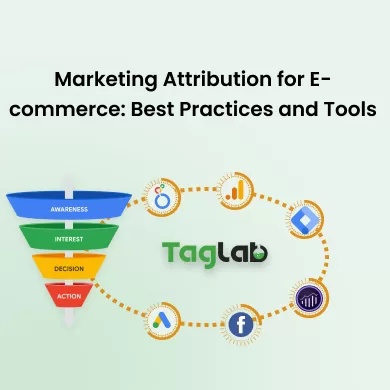Your cart is currently empty!
Time Decay Attribution
Posted by:
|
On:
|
Time Decay Attribution is a marketing attribution model that gives more credit to touchpoints closer to the conversion event. This model operates under the principle that interactions closer to the point of conversion have a greater impact on the final decision compared to those that occurred earlier in the customer journey.
Detailed Explanation
Time Decay Attribution helps in understanding the influence of various touchpoints over time and assigns greater value to the interactions that occur closer to the conversion. Here’s how it works:
- Principle: The model assumes that the value of touchpoints decreases as they move further from the conversion event. For example, if a user sees an ad and later interacts with an email before making a purchase, the email interaction receives more credit than the ad view.
- Application: This model is commonly used in scenarios where the decision-making process involves multiple steps and touchpoints. It helps in understanding which interactions had the most significant impact on the conversion, particularly when there is a clear sequence of events.
- Calculation: In Time Decay Attribution, the value assigned to each touchpoint is inversely proportional to the time elapsed since the interaction. For example, if there are three touchpoints with timestamps T1, T2, and T3 (where T1 is the earliest and T3 is the latest), T3 will receive the most credit, and T1 the least.
Key Points
- What it is: Time Decay Attribution is an attribution model that assigns more value to touchpoints that occur closer to the conversion event.
- Why it matters: It provides a more nuanced view of how different touchpoints contribute to conversions over time, especially in complex customer journeys with multiple interactions.
- How to use it: Marketers can use this model to better allocate marketing budgets, optimize campaigns, and understand the true impact of their various marketing channels by giving more weight to interactions closer to conversion.
Examples
- Example 1: A customer first interacts with a brand through a social media ad, then visits the website through an organic search, and finally makes a purchase after receiving an email. In Time Decay Attribution, the email interaction would receive the most credit for the conversion.
- Example 2: A user sees a display ad, clicks on a retargeting ad, and finally converts through a direct visit. The retargeting ad would receive more credit compared to the display ad.
Related Terms
- Attribution Model
- Conversion Attribution
- Multi-Touch Attribution
- Last-Touch Attribution
Frequently Asked Questions
What is Time Decay Attribution?
Time Decay Attribution is a marketing attribution model that assigns more credit to touchpoints closer to the conversion event. It assumes that interactions closer to the point of conversion have a greater impact on the final decision.
Why is Time Decay Attribution important?
Time Decay Attribution is important because it provides a more accurate representation of how touchpoints closer to conversion influence the final decision. This helps marketers better understand the impact of their interactions and optimize their strategies accordingly.
How is Time Decay Attribution calculated?
In Time Decay Attribution, the value assigned to each touchpoint decreases as the time since the interaction increases. Touchpoints closer to the conversion receive more credit compared to earlier interactions.
What are some use cases for Time Decay Attribution?
Time Decay Attribution is useful in scenarios with complex customer journeys involving multiple touchpoints. It helps in understanding the influence of various interactions and optimizing marketing strategies by allocating more budget to high-impact touchpoints.
How does Time Decay Attribution compare to other attribution models?
Compared to other attribution models like Last-Touch or First-Touch Attribution, Time Decay Attribution provides a more balanced view by considering the timing of interactions. It is particularly valuable for understanding the contribution of touchpoints throughout the customer journey.



